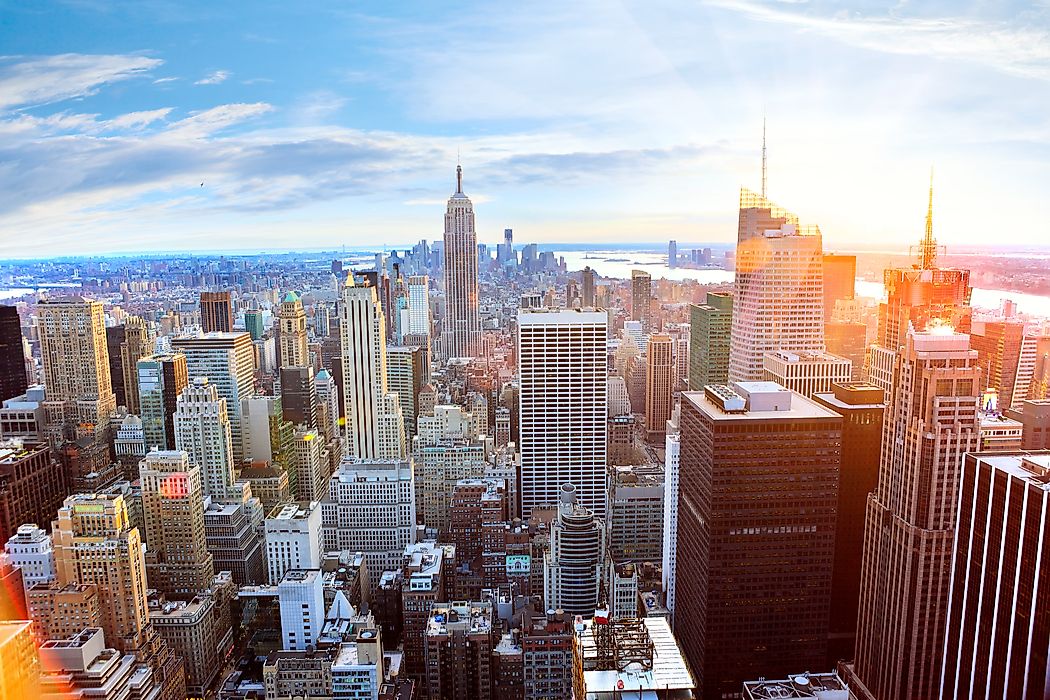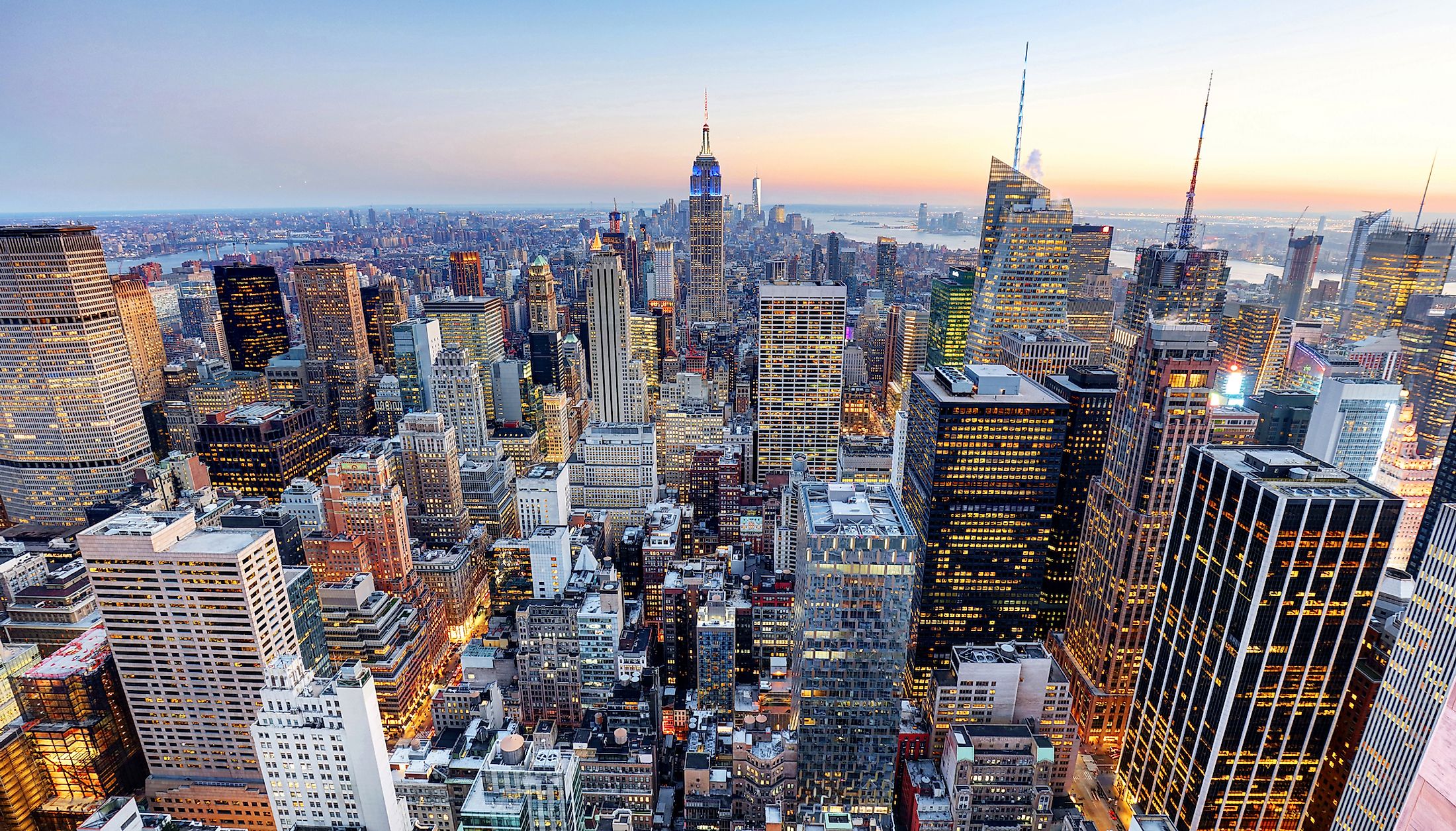Unveiling The Sky: Top US Cities With The Most Skyscrapers
The American skyline, a testament to innovation and ambition, has always captivated the imagination, and when we talk about the most impressive vertical landscapes, the conversation inevitably turns to the cities with most skyscrapers USA. These urban giants, with their steel and glass facades reaching for the clouds, represent not just architectural prowess but also economic dynamism and cultural significance. From the historic birthplace of the skyscraper to modern metropolises continually reshaping their horizons, the United States boasts some of the world's most iconic and densely packed collections of tall buildings.
This article will delve into what defines a skyscraper, explore the rich history of these colossal structures in America, and highlight the leading cities that dominate the vertical landscape. We'll examine the architectural marvels that define these skylines, their economic impact, and what the future holds for urban development in a nation obsessed with reaching new heights. Join us as we explore the towering achievements that make these US cities truly stand out.
Table of Contents
- The Allure of the American Skyline
- Defining a Skyscraper: What Counts?
- A Historical Ascent: The Birth of Skyscrapers in the USA
- New York City: The Undisputed Vertical Metropolis
- Chicago: Where Skyscrapers First Touched the Sky
- Beyond the Giants: Other US Cities Reaching for the Clouds
- The Economic and Cultural Impact of Skyscrapers
- The Future of Urban Verticality in the USA
The Allure of the American Skyline
There's something undeniably captivating about a city skyline, particularly in the United States. It's a visual symphony of human ambition, engineering marvels, and economic power. For many, the sight of towering buildings piercing the clouds evokes a sense of wonder and progress. These vertical landscapes are often the first impression visitors get of a major city, instantly conveying its scale and vibrancy. The appeal isn't just aesthetic; it's deeply rooted in the narrative of American innovation and the pursuit of new frontiers, even when those frontiers are upwards.
While it's a common assumption that the tallest U.S. cities are also the most populated, this is largely true, especially when considering the sheer density required to support such structures. However, the true measure of a city's vertical prowess lies not just in its tallest individual buildings, but in the sheer number of skyscrapers it hosts. This is where the cities with most skyscrapers USA truly distinguish themselves, creating dense urban tapestries that are unique in their grandeur and complexity. Each city, from the bustling streets of New York to the windy avenues of Chicago, tells its own story through its unique collection of high-rises, contributing to the rich tapestry of American urbanism.
Defining a Skyscraper: What Counts?
Before we dive into which American cities lead the pack, it's crucial to understand what exactly qualifies as a skyscraper. The definition can sometimes vary, but generally, a skyscraper is recognized as a building that rises high into the sky, typically having over 40 floors. More formally, skyscrapers are defined as buildings that are at least 150 meters (492 feet) tall. Some classifications might even extend this to "tall buildings" which are over 300 feet high, while reserving "supertall" for those exceeding 600 meters (1,969 feet) and "megatall" for those over 300 meters (984 feet).
This clear definition helps us accurately assess and compare the vertical landscapes of different cities. When we talk about American cities with the most skyscrapers, we are referring to those that have a significant number of buildings meeting these height criteria, rather than just a few exceptionally tall structures. This distinction is important because it highlights the overall vertical density and urban development of a city, providing a more comprehensive picture of its architectural might. The United States is home to many of the world's tallest skyscrapers, with cities like New York City having a substantial number of these impressive structures.
A Historical Ascent: The Birth of Skyscrapers in the USA
The story of the skyscraper is deeply intertwined with American ingenuity and the rapid industrialization of the late 19th century. It was in the United States that the concept of building vertically truly took hold, driven by rising land values in burgeoning urban centers and advancements in construction technology. The world's first skyscraper was erected in 1885 in downtown Chicago. This groundbreaking structure, the Home Insurance Building, stood a modest 10 stories tall. What made it revolutionary was its iron skeleton, a radical departure from traditional masonry construction. This innovation shattered the limitations of load-bearing walls, allowing buildings to rise to unprecedented heights and paving the way for the modern skyscraper as we know it.
This initial breakthrough in Chicago sparked a vertical arms race, particularly between Chicago and New York City. The development of steel-frame construction, elevators, and improved fireproofing techniques allowed architects and engineers to push the boundaries of what was possible. The early 20th century saw a boom in skyscraper construction, transforming city skylines across the nation and firmly establishing the United States as a pioneer in vertical architecture. This historical foundation is crucial to understanding why certain cities with most skyscrapers USA have such dominant vertical profiles today.
New York City: The Undisputed Vertical Metropolis
When it comes to the sheer number and iconic status of skyscrapers, New York City stands as the undisputed champion in the United States. Often recognized globally for its breathtaking skyline, New York City is the most populous city in the United States and is known for its iconic skyline filled with numerous towering structures. While it might be bested by Hong Kong globally, which is home to no fewer than 480 skyscrapers, New York City still holds a formidable position on the world stage and is by far the leader in the U.S.
The city's relentless growth and limited horizontal space have naturally pushed development upwards. From the early 20th-century Art Deco masterpieces to the sleek, modern glass towers, New York City's skyline is a living museum of architectural evolution. As of July 2021, estimates suggest New York City boasts well over 275 skyscrapers over 300 feet high, with a significant portion exceeding the 490-foot mark. This city consistently falls into the top three cities with the most skyscrapers in the country higher than 490 feet, solidifying its status as a true vertical marvel.
Manhattan's Iconic Towers
Lower Manhattan, in particular, showcases an impressive concentration of these vertical giants, including One World Trade Center, which stands as the tallest building in North America. Beyond its sheer height, One World Trade Center is a symbol of resilience and renewal. Other legendary structures like the Empire State Building and the Chrysler Building, though no longer the tallest, remain enduring symbols of the city's architectural heritage and continue to draw millions of visitors annually. The density of skyscrapers in areas like Midtown and Lower Manhattan creates an unparalleled urban canyon effect, a signature experience of the city that never sleeps. The sheer volume and diversity of its high-rises make New York City the quintessential example of cities with most skyscrapers USA.
Chicago: Where Skyscrapers First Touched the Sky
While New York City may have the most skyscrapers today, Chicago holds a unique and revered place in the history of vertical architecture. As mentioned, it was in downtown Chicago in 1885 that the world's first skyscraper, the Home Insurance Building, broke ground, literally and figuratively, on a new era of construction. This pioneering spirit has continued to define Chicago's architectural landscape, making it a living laboratory for innovative design and engineering.
Chicago's skyline is characterized by a powerful blend of historical significance and modern ambition. The city is home to some of the world's most recognizable supertalls, including the Willis Tower (formerly Sears Tower), which for many years held the title of the world's tallest building. The city's commitment to architectural excellence is evident in its meticulously planned urban core and the sheer quality of its high-rise developments. Chicago remains a global leader in skyscraper design and construction, constantly pushing the boundaries of what's possible in vertical living and working spaces.
The Legacy of Chicago Architecture
The "Chicago School" of architecture, which emerged in the late 19th and early 20th centuries, laid many of the foundational principles for modern skyscraper design. Architects like Louis Sullivan and Daniel Burnham championed functionalism and the aesthetic expression of a building's steel frame. This legacy continues to influence contemporary architects globally. The city's architectural boat tours are world-renowned, offering visitors a

Cities with the Most Skyscrapers - WorldAtlas

The Cities with the Greatest Number of Skyscrapers - Slow Reveal Graphs

The 10 Tallest Buildings In The United States - WorldAtlas